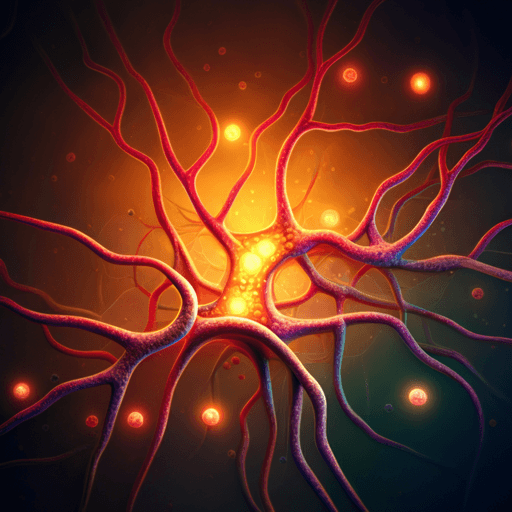
Medicine and Health
The effect of exercise on blood concentrations of angiogenesis markers in older adults: a systematic review and meta-analysis
B. X. Song, L. Azhar, et al.
Discover the transformative power of exercise on vascular health in older adults! This meta-analysis reveals that exercise boosts vascular endothelial growth factor (VEGF) levels while reducing e-selectin (CD62E). Conducted by a team of experts including Bing Xin Song and Laiba Azhar, this research sheds light on how exercise-induced changes in angiogenesis markers may enhance health outcomes in seniors.
~3 min • Beginner • English
Related Publications
Explore these studies to deepen your understanding of the subject.







